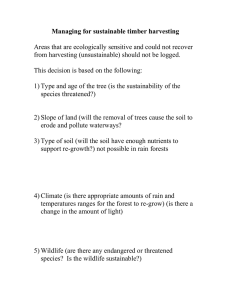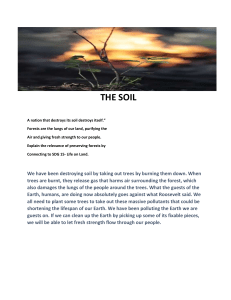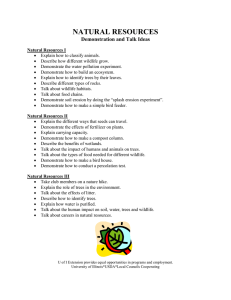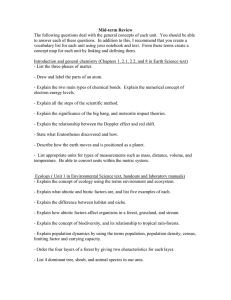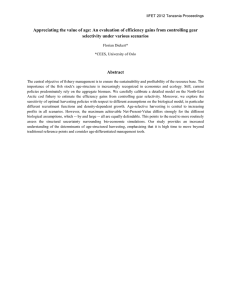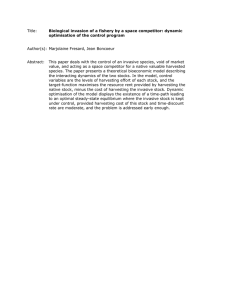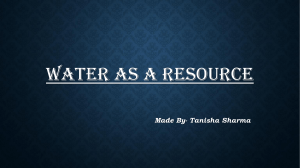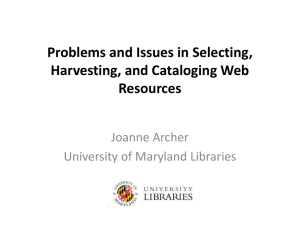Managing for sustainable timber harvesting (unsustainable) :
advertisement
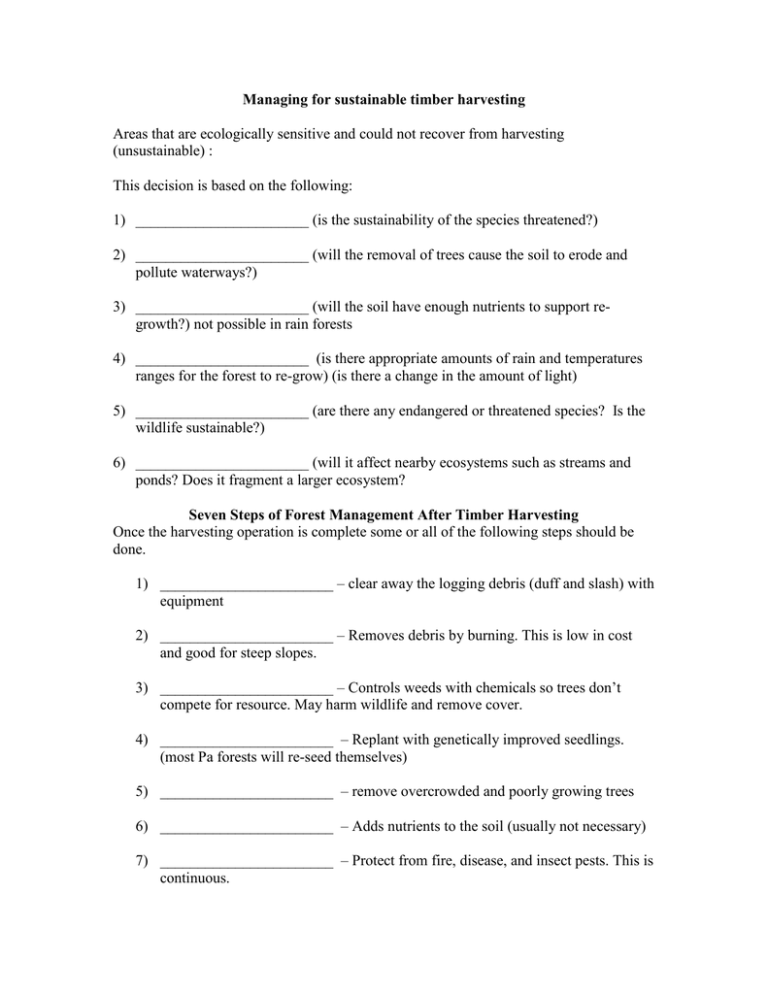
Managing for sustainable timber harvesting Areas that are ecologically sensitive and could not recover from harvesting (unsustainable) : This decision is based on the following: 1) _______________________ (is the sustainability of the species threatened?) 2) _______________________ (will the removal of trees cause the soil to erode and pollute waterways?) 3) _______________________ (will the soil have enough nutrients to support regrowth?) not possible in rain forests 4) _______________________ (is there appropriate amounts of rain and temperatures ranges for the forest to re-grow) (is there a change in the amount of light) 5) _______________________ (are there any endangered or threatened species? Is the wildlife sustainable?) 6) _______________________ (will it affect nearby ecosystems such as streams and ponds? Does it fragment a larger ecosystem? Seven Steps of Forest Management After Timber Harvesting Once the harvesting operation is complete some or all of the following steps should be done. 1) _______________________ – clear away the logging debris (duff and slash) with equipment 2) _______________________ – Removes debris by burning. This is low in cost and good for steep slopes. 3) _______________________ – Controls weeds with chemicals so trees don’t compete for resource. May harm wildlife and remove cover. 4) _______________________ – Replant with genetically improved seedlings. (most Pa forests will re-seed themselves) 5) _______________________ – remove overcrowded and poorly growing trees 6) _______________________ – Adds nutrients to the soil (usually not necessary) 7) _______________________ – Protect from fire, disease, and insect pests. This is continuous.

